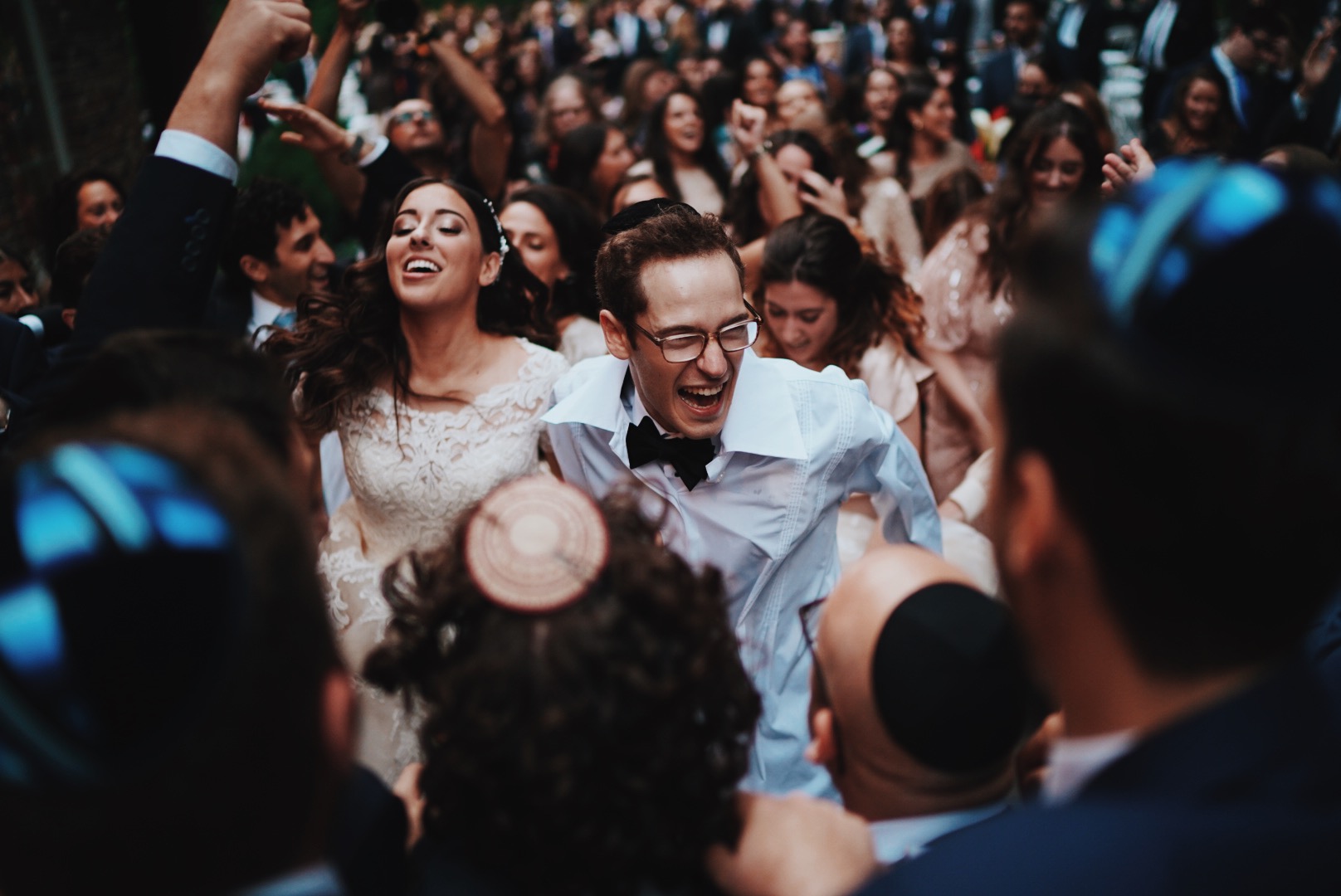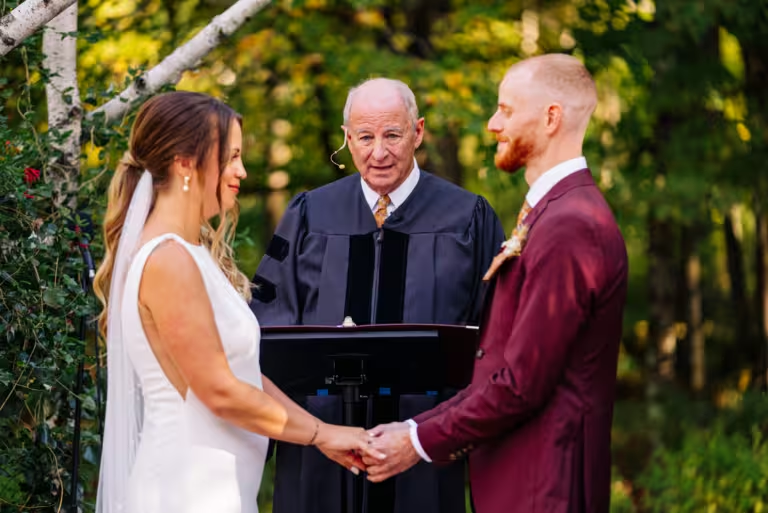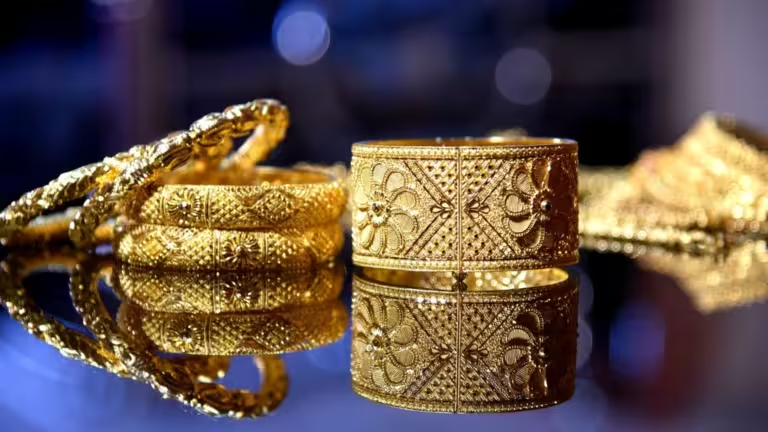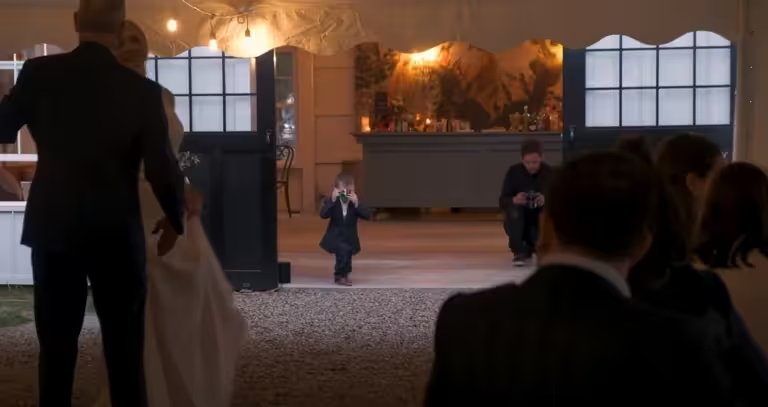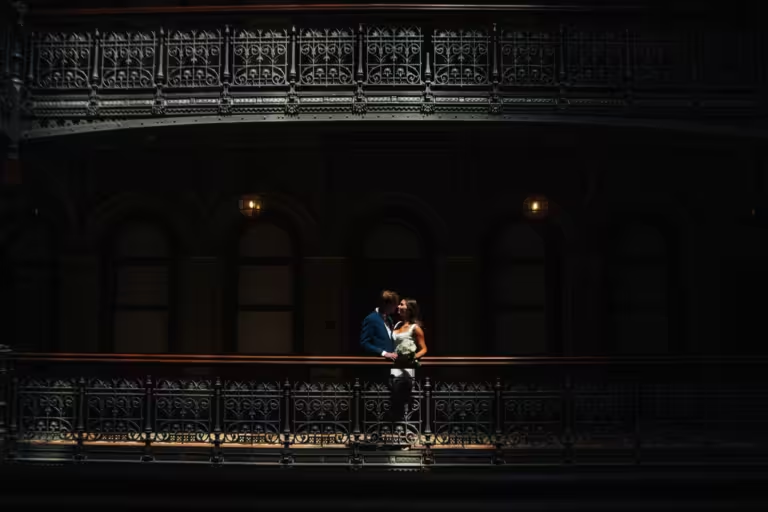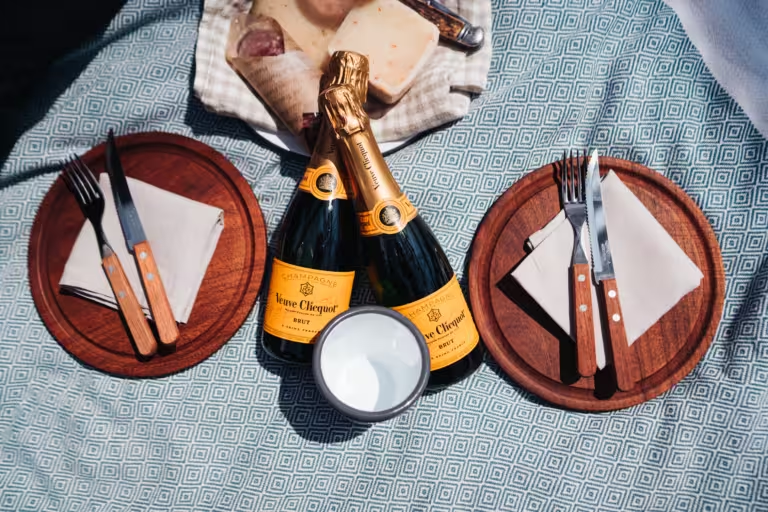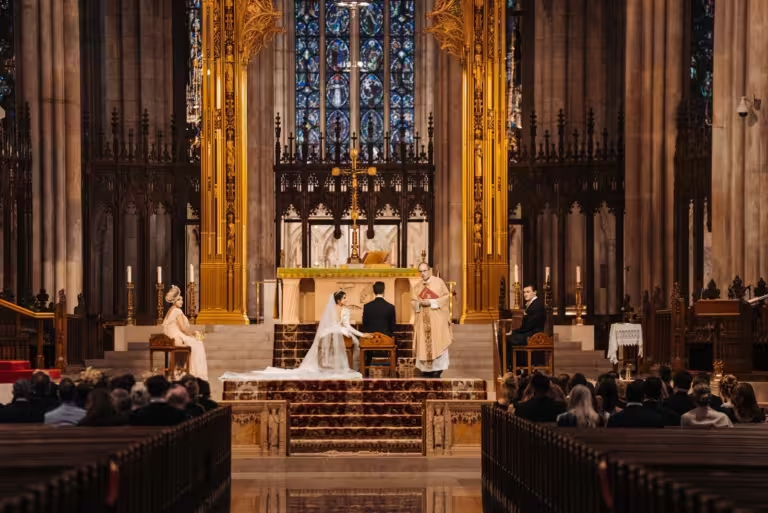Jewish Wedding Traditions
An Insight into Jewish Wedding Traditions
Step into the vibrant world of Jewish wedding traditions, where ancient rituals and modern celebrations intertwine to create unforgettable moments of love and joy. From the sacred exchange of vows under the Huppah to the jubilant dancing of the Horah, each tradition carries profound meaning and significance. Join us on a journey through the cherished customs and rich cultural heritage that adorn the tapestry of Jewish weddings, as we explore the timeless beauty and spiritual depth behind these beloved ceremonies.
What is the Tradition of a Jewish Wedding?
In the rich tapestry of Jewish culture, weddings hold a significant place, symbolizing the union of two souls and the creation of a new family. The tradition of a Jewish wedding is steeped in centuries-old customs and rituals, each carrying deep symbolic meaning. From the signing of the Ketubah, the marriage contract, to the joyous celebration of the Huppah, every aspect of the ceremony reflects the values and beliefs of the Jewish faith.
What is the Most Important Part of a Jewish Wedding?
At the heart of a Jewish wedding lies the sacred exchange of vows under the Huppah, a symbol of the couple’s new home together. This moment signifies their commitment to each other and to building a life rooted in love, respect, and shared values. The presence of witnesses, typically family and friends, serves as a testament to the couple’s union and the community’s support for their journey ahead.
Why do Jews Get Married Under a Canopy?
The Huppah, or wedding canopy, holds profound significance in Jewish tradition. It symbolizes the couple’s new home and serves as a sacred space for their union. Open on all sides, the Huppah represents hospitality, welcoming guests to witness and participate in the joyous occasion. Its canopy, often adorned with flowers or fabric, creates a canopy of love and protection over the couple as they embark on their journey together.
Why do We Break a Glass at a Jewish Wedding?

The breaking of the glass is one of the most iconic rituals in a Jewish wedding ceremony. This act symbolizes the fragility of life and the importance of remembering the challenges and sorrows that exist even in moments of great joy. As the groom shatters the glass underfoot, it serves as a solemn reminder to cherish each moment, embrace life’s uncertainties, and approach marriage with humility and reverence.
When Can’t Jews Get Married?
In Jewish tradition, there are certain times when weddings are prohibited, known as times of mourning or spiritual reflection. These include the fast days of Tisha B’Av and Yom Kippur, as well as during the counting of the Omer, a period of mourning between Passover and Shavuot. Additionally, weddings are typically avoided during the month of Av, which commemorates the destruction of the Temple in Jerusalem.
Why do Jews Get Married on Tuesday?
While there is no strict requirement to marry on a specific day, Tuesday holds special significance in Jewish tradition. According to Jewish mystical teachings, Tuesday is considered an auspicious day for marriage, as it is associated with divine blessings and abundance. Additionally, marrying on a Tuesday allows for ample time to prepare and celebrate without infringing on the sanctity of the Sabbath.
What is Traditional Jewish Wedding Attire
Traditional Jewish wedding attire varies depending on cultural and regional customs, but there are certain elements that are commonly observed. For grooms, this may include a Kittel, a white robe symbolizing purity and spiritual elevation, worn over the wedding suit. Brides often wear a gown of their choice, though modesty is typically emphasized, with some opting for a veil or head covering as a symbol of humility and reverence. Both partners may also choose to wear Jewish religious symbols, such as a Tallit or Kippah, as a sign of their commitment to their faith.

